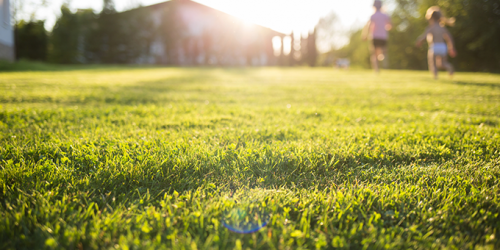How to Care for Succulents
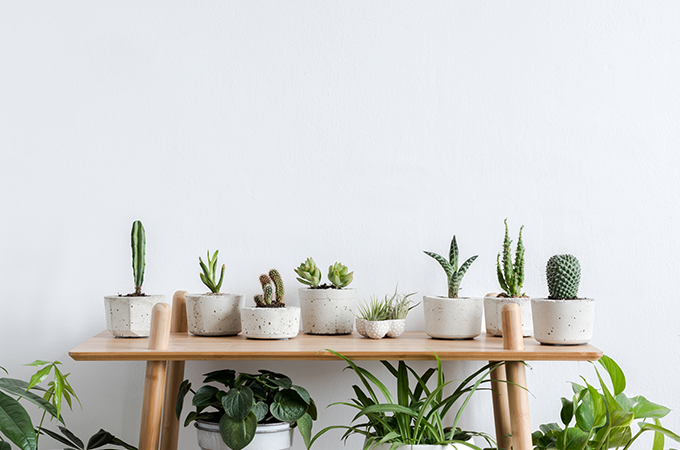
Growing indoor plants is a fantastic way to get more greenery into your home. While some tropical varieties can be a bit temperamental if you’re not used to gardening, succulents are a fantastic choice for those wanting to get started with growing greenery.
We’ve put together a short guide to show you how easy succulents will be to care for in your own home, especially if done right.
Which plants to choose?
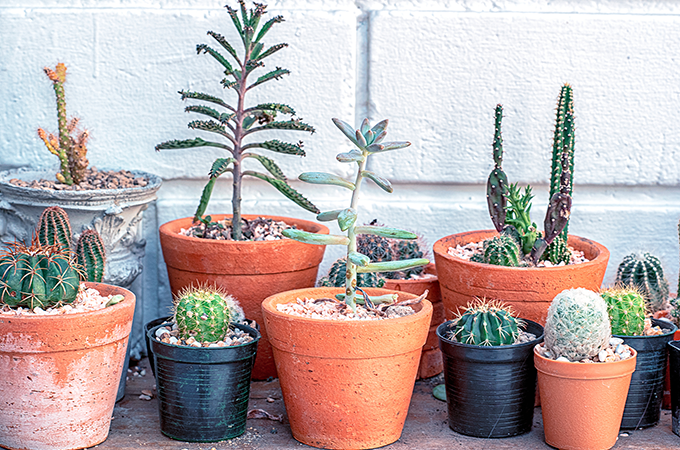
Tempted to choose the most exotic succulents available? The more colourful varieties are certainly aesthetically pleasing, but plants with purples, reds, and oranges need a lot more sunlight to survive than they’ll be able to get on your windowsill.
Stick with the naturally green varieties; haworthia, aloe vera, and jade plants are a fantastic place to start, especially for the more novice gardener. Make sure to space them out properly in their own pots, too. Terrariums are pretty, but the plants don’t like the lack of airflow or being crowded together.
Well-draining soil is a must
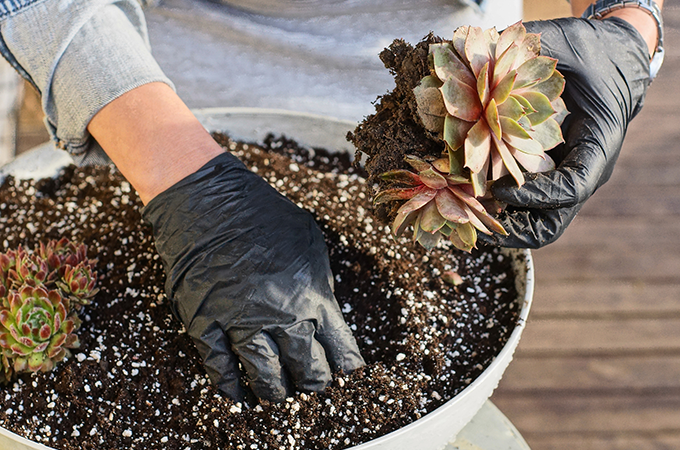
The potting soil that your succulent arrives in will likely be too rich for it. Regular potting soil stays moister for longer, which the roots of your succulent won’t like; damp soil over long periods of time can cause rot.
Soil which provides good airflow and drainage is essential for keeping happy succulents. You can get mixed potting soil with perlite, sand, or pumice, or cactus specific soil that is well-draining.
Get the right pot for your succulents

When it comes to choosing a pot, it may be tempting to go for pretty pots that will look nice on your windowsill. More importantly, you should opt for pots that have drainage holes at the bottom, so excess water can drain away.
If you choose a pot that doesn’t drain, you run the risk of your succulent’s roots becoming waterlogged, and you’ll find that it takes much longer for the soil to dry out completely. Pots with drainage holes also provide more airflow for the roots of your chosen plant.
Sunning it in the sun

The one thing your plant will need more than anything is a decent amount of sunlight. In fact, most succulents require at least 6 hours of sunlight a day, so ensure that you choose the sunniest windowsill you have free.
Remember to occasionally turn the pot, too. Over time your succulent will start to grow towards the sunlight, which basically means the whole plant isn’t getting as much sunlight as it needs. By turning the pot you can ensure the whole succulent gets an even coverage of sunlight, so it can grow healthily.
Soak and dry
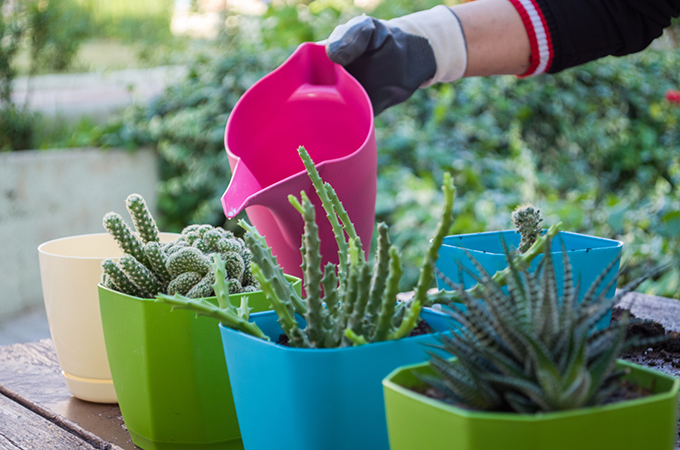
It’s a common misconception that succulents and cacti don’t like a lot of water. In their native habitat they won’t be used to regular rainfall, true – but they will be used to torrential, sporadic rainfall, and long periods of drought. By only giving your succulents a small amount of water, it will have a much weaker root system.
For happy plants you need to try and mimic their natural habitat as much as possible. Don’t be tempted to dribble a little bit of water into the soil every now and again – give the soil a proper soaking under the tap until the excess water drains out the bottom of your pot. Then leave your succulent to enjoy all that juicy water – leave the soil to dry out completely before watering it in the same method.
Avoid using spray bottles to mist your plants; this will mean that water stays on the leaves for longer, and could cause rot. It could also cause mouldy leaves and brittle roots. Instead, water directly onto the soil itself.
Fertilising

For a truly happy succulent, you’ll need to remember to fertilise it at least once a year. Wait until it starts to actively grow around springtime – it won’t absorb the nutrients while it’s dormant during the winter months.
Choose a water-soluble fertiliser, and dilute it to half the strength recommended on the packet instructions. If you add it to the soil when your succulent starts to grow, it will lap up all those essential nutrients and flourish.
Have you got any tips that you think we’ve missed? Let us know over on our Facebook page.
Lead image: FollowTheFlow via Getty Images.





